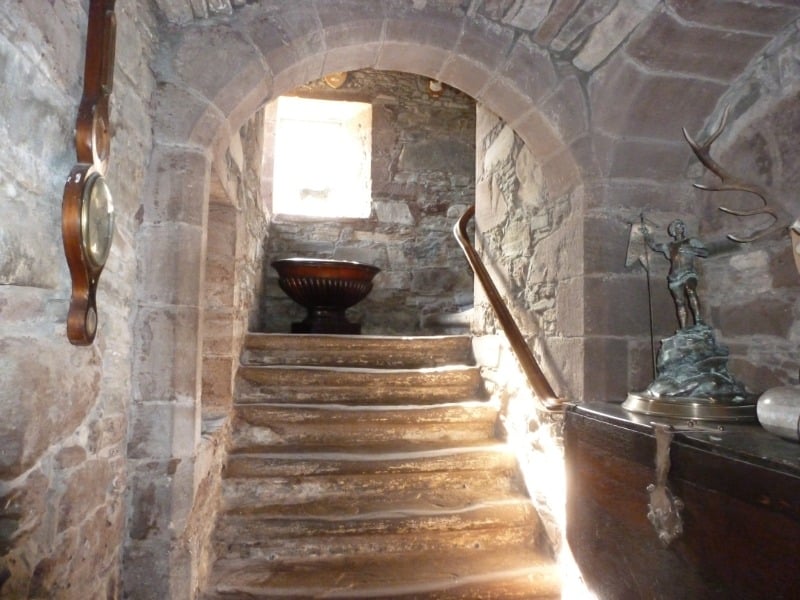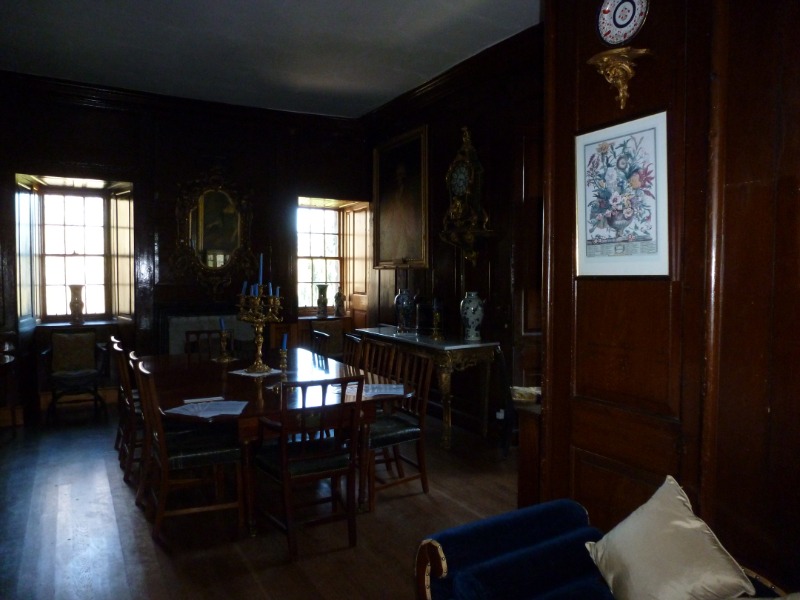Castle Leod, Home To The Seat Of Clan Mackenzie, Is Believed To Be The Inspiration Behind Outlander’s ‘Castle Leoch’
Castle Leod is located near Strathpeffer in the Scottish Highlands.
The castle was the ancestral seat of the Mackenzie chiefs for over 500 years.
It also has witnessed centuries of Scottish history, from medieval battles to the Jacobite uprisings.
Today, Castle Leod remains one of the few Scottish castles still inhabited by the same family.

History of Castle Leod
The origins of Castle Leod date back to a time before the 12th century, when a Pictish fort once stood on the site.
The current castle, however, took shape in the early 17th century under Sir Roderick “Rorie” Mackenzie, an important figure in the Mackenzie family.
The castle has remained the family seat ever since.

In 1746, during the Jacobite Uprising, George Mackenzie, the 3rd Earl of Cromartie, lost the estate due to his support for the rebellion.
Although the estate was returned to his son in 1784, the castle had fallen into disrepair by that time.
By the early 19th century, it was described as a ruin, “deserted except by crows.”

Fortunately, in the mid-19th century, the Hay-Mackenzie family, descendants of the 3rd Earl, took on the task of restoring the castle.
Anne Hay-Mackenzie, who married George Sutherland-Leveson-Gower, the 3rd Duke of Sutherland, was created the first Countess of Cromartie in 1861.
Under her direction, the castle underwent significant renovations, including the addition of large extensions to the north.

The Castle’s Architecture
Castle Leod is a fine example of early modern Scottish architecture
The castle’s oldest section, a compact L-Plan tower house constructed from red sandstone, dates back to the 15th century.
Its thick walls, measuring 6 to 8 feet in some places, were built for defense, with iron grilles on some lower windows and many gun loops and arrow-slit windows.

The castle was later expanded by Roderick Mackenzie around 1610.
He added a square-plan extension in the re-entrant angle.

This addition, which includes a more decorative style and a larger staircase, is crowned by bartizans with conical roofs.

The date 1616 is carved on a dormer window, marking an important phase in the castle’s construction.

The castle’s interior is just as impressive, featuring wood-paneled rooms, antique furnishings, and portraits of the Mackenzie family.

The castle is also home to a collection of large-scale antique maps, adding to its historical charm.

The Grounds and Gardens
The grounds of Castle Leod feature ancient trees.
Among these is a Spanish chestnut tree, reputedly planted in 1556 by John of Killin to commemorate his acquisition of the castle, a gift from Mary Queen of Scots.

The estate also boasts a giant sequoia, believed to be the largest tree in Britain by bulk, and a rose garden that adds to the serene beauty of the surroundings.

Connection to Outlander
Castle Leod is believed to have inspired Castle Leoch, the fictional home of Clan Mackenzie in Diana Gabaldon’s “Outlander” series.
Although it was not used as a filming location for the TV adaptation, the castle remains a popular destination for fans of the series.


